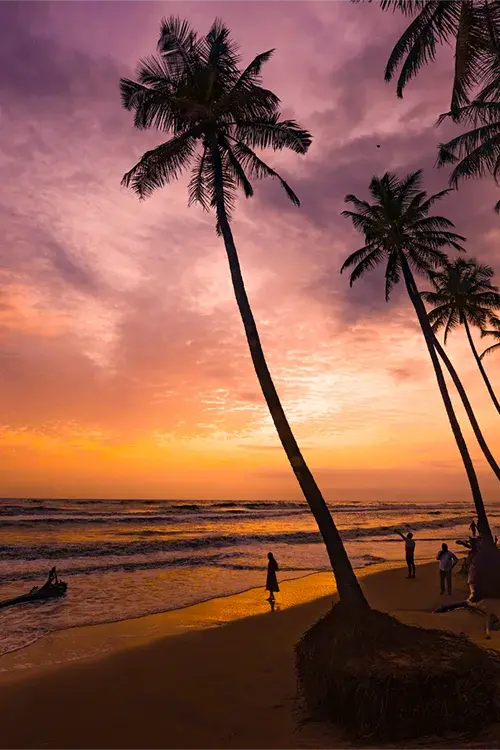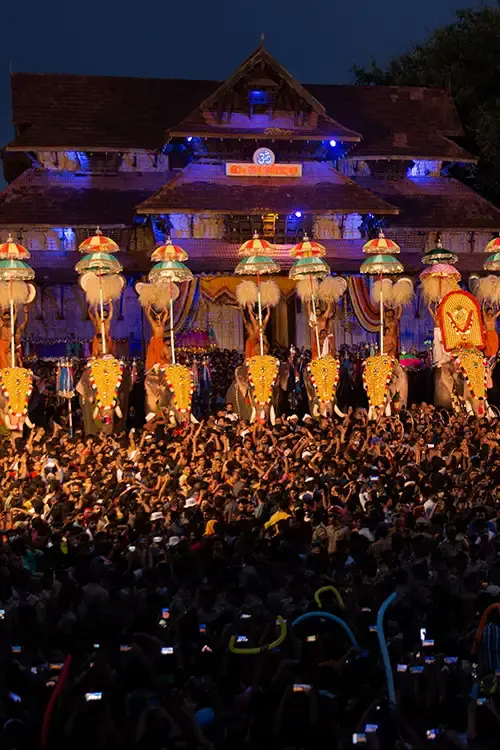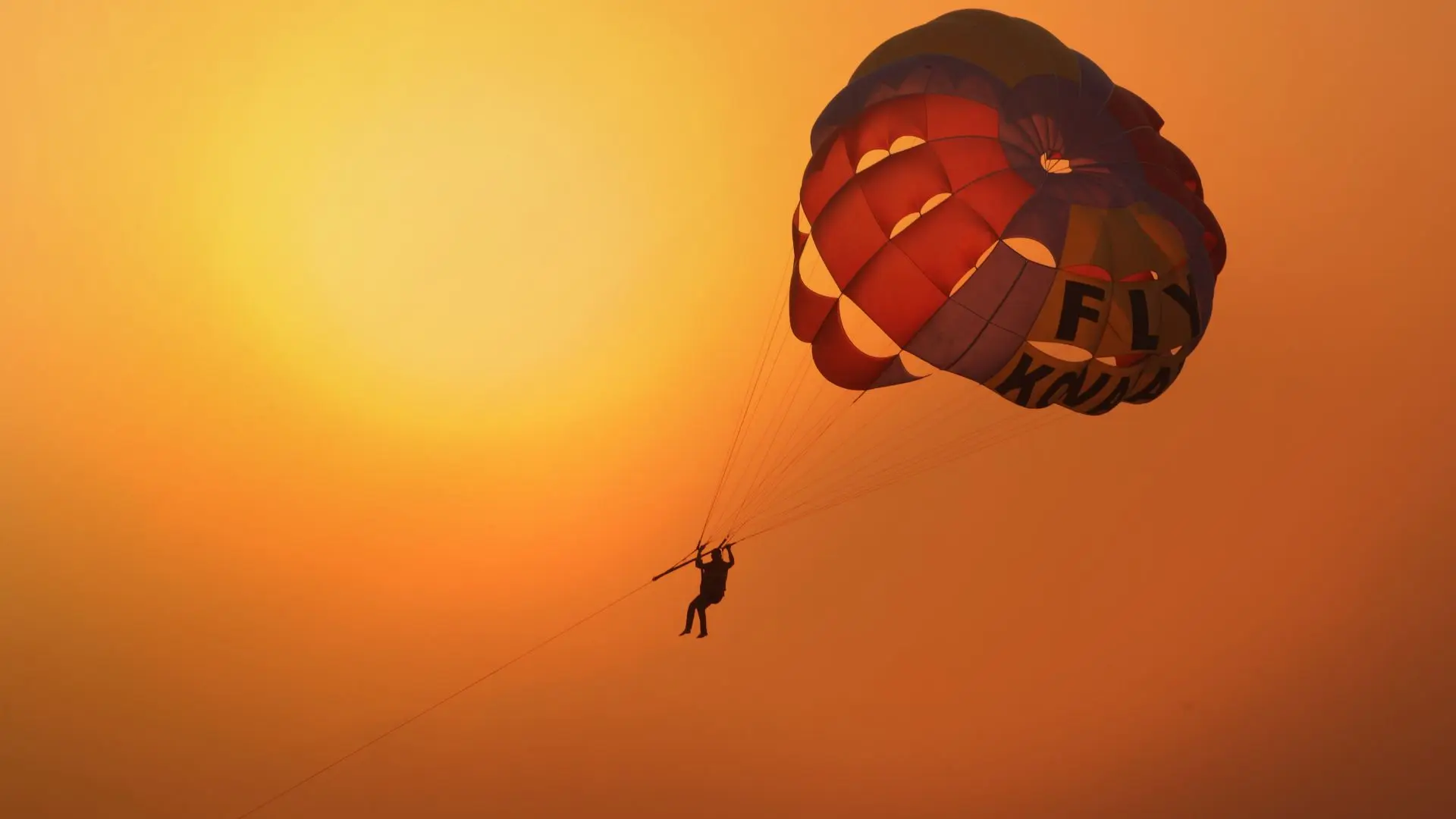Enchanting Kerala
Ashtamudi Backwater Stretch
Published in Newsletter Issue No. 223 - March 2012
The solace of solitude, the comfort of composure if this is what you need then don't hesitate to pay a visit to the backwater stretches of Kerala where you will be freed from the fussiness of everyday life. The labyrinthine network of the backwaters of Kerala is composed by countless brackish lagoons, lakes, canals, rivers and inlets.
Within this convoluted labyrinth lies a palm shaded water stretch deemed as the second largest and deepest wetland ecosystem - the Ashtamudi Lake. The name Ashtamudi itself reflects the topography of the lake, ahsta means eight and mudi means coned. This lake with multiple branches is situated in the Kollam district and is also called the gateway to the backwaters of Kerala. About thirty percent of historic Kollam town is embraced by Ashtamudi Lake. Kollam was a leading trade capital of the old world from the days of the Phoenicians and Ancient Rome
As soon as you enter into the lulling backwater stretch of Ashtamudi Lake you will be welcomed by the coconut groves and palm trees interspersed with villages. The lake with and its life has been a muse and inspiration for many writers and artistes.
Like a mother nurturing her children the lake spreads amid the villagers providing them their source of livelihood in fishing and coconut husking. Chinese fishing nets called cheena vala indulged in their daylong meditation are a familiar image of Ashtamudi Lake.
One of the most enticing experiences you wouldn't want to miss in Kerala is the eight-hour long extraordinary backwater cruise from Kollam to Alappuzha that will give you an intimate experience of the backwaters of Kerala. The meandering journey winds through lakes, canals and water bound villages, and gives you a complete exposure to the beauty of the backwaters of Ashtamudi Lake. Daily ferry services to Alleppey (Alappuzha) are available and boats operate to all villages located in the canals of the backwater system.
The estuary of Ashtamudi shelters innumerable species of life which includes different varieties of mangroves, more than 50 species of avifauna and 40 species of wetland-dependent birds. Not just these, more than 26 species of butterflies have been identified whose brilliant colours bedeck the estuary to resemble a paradise.






